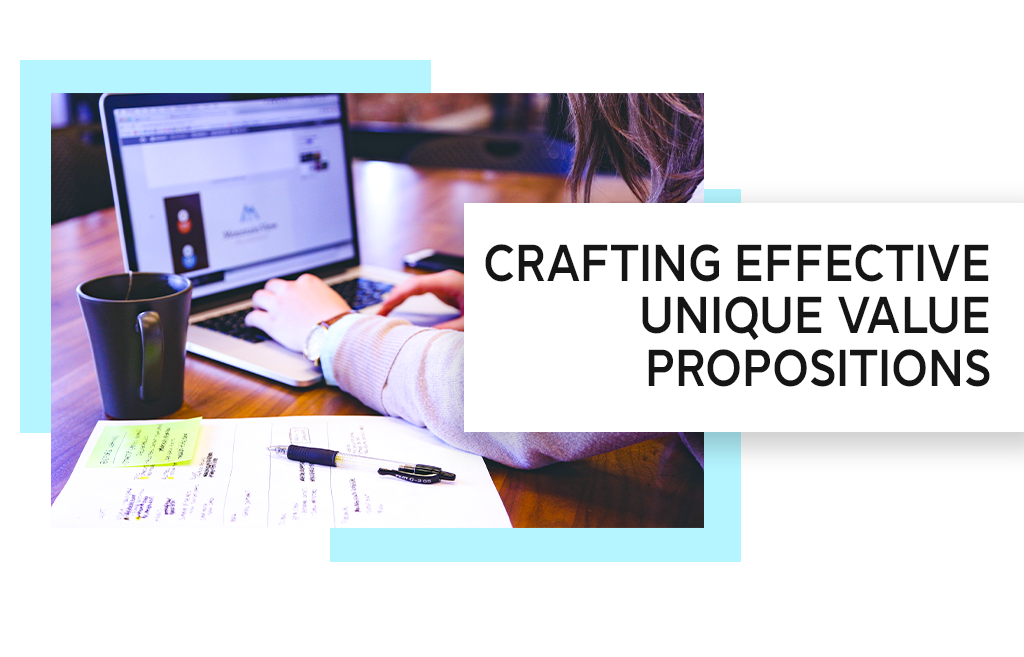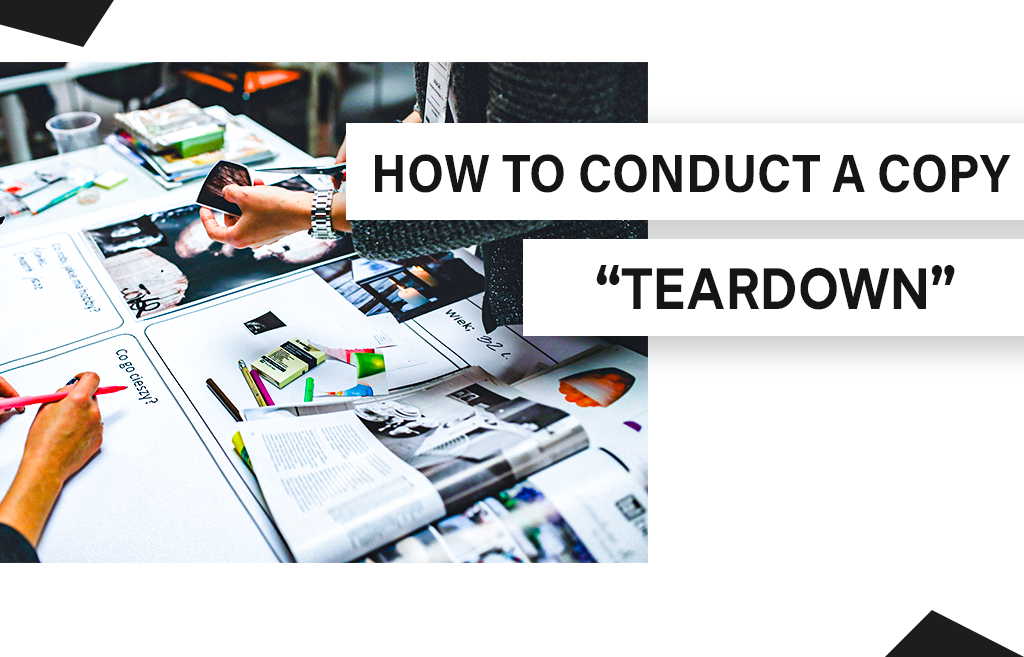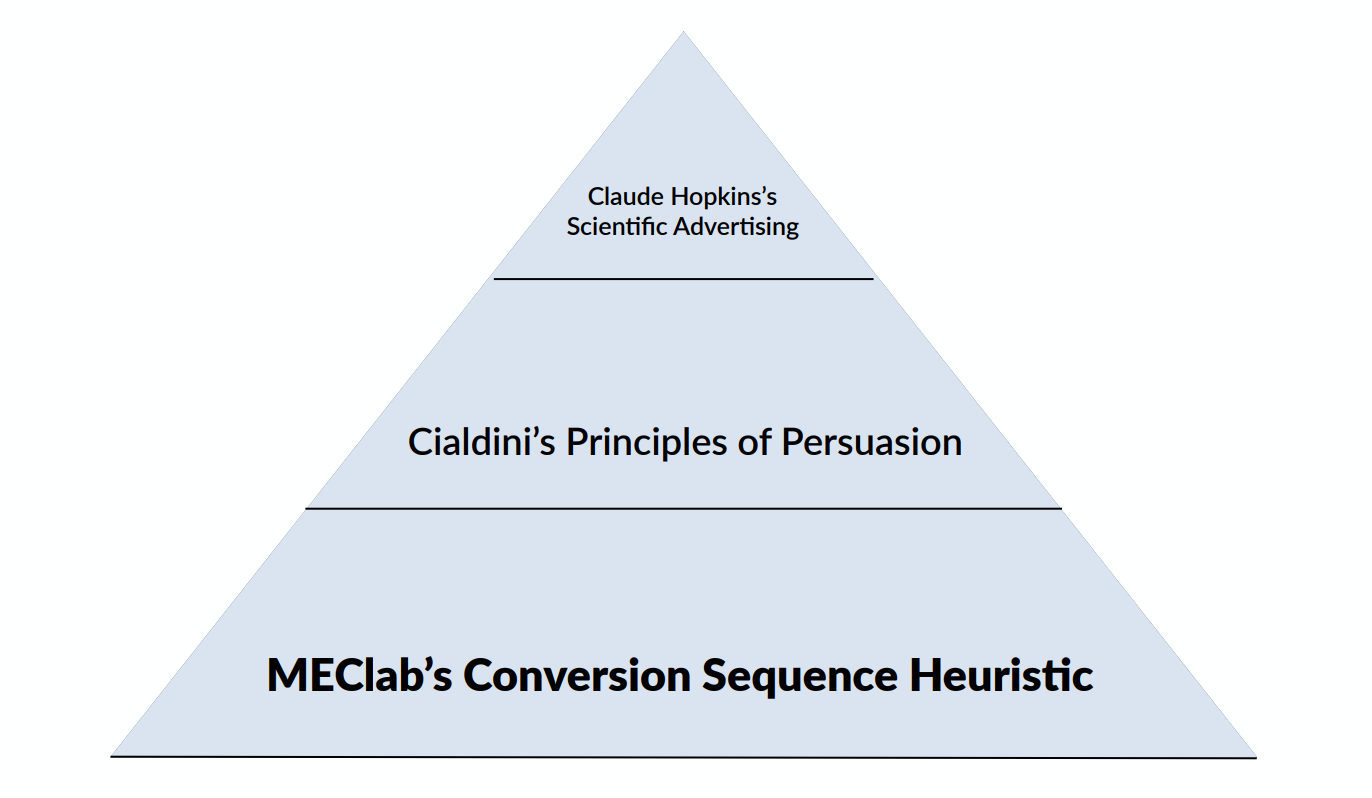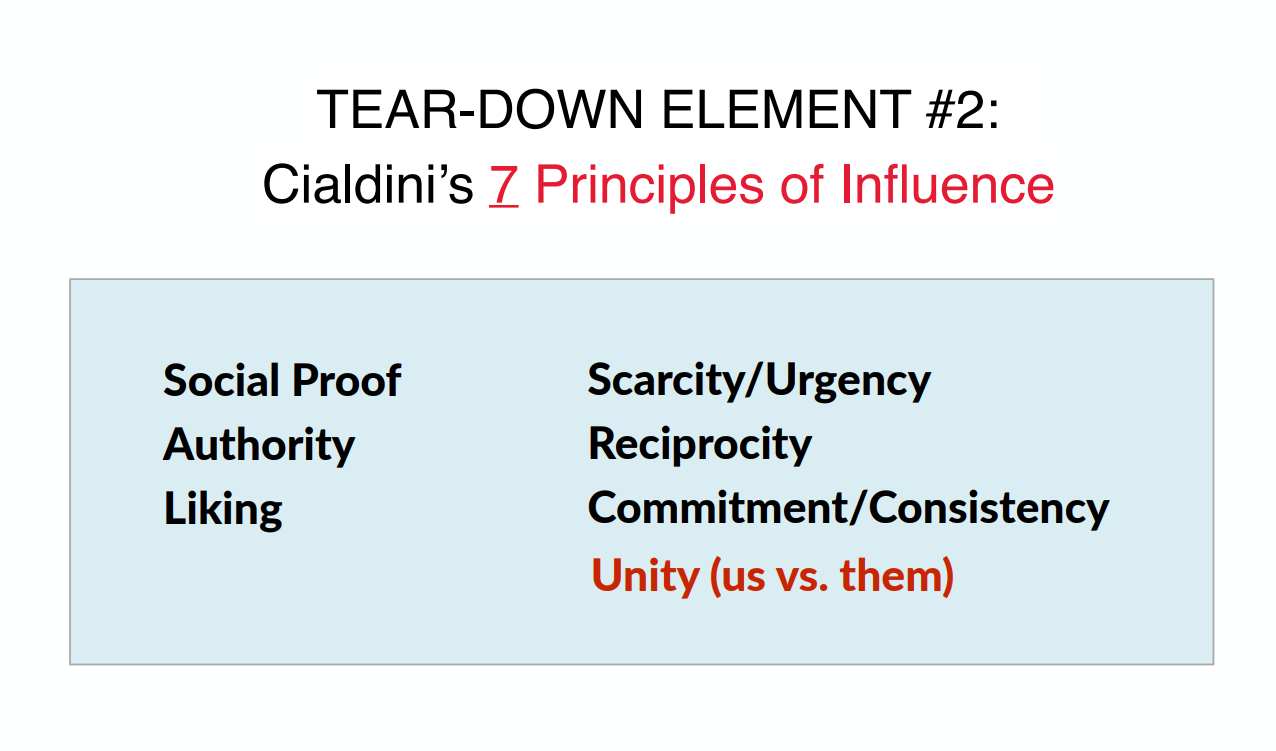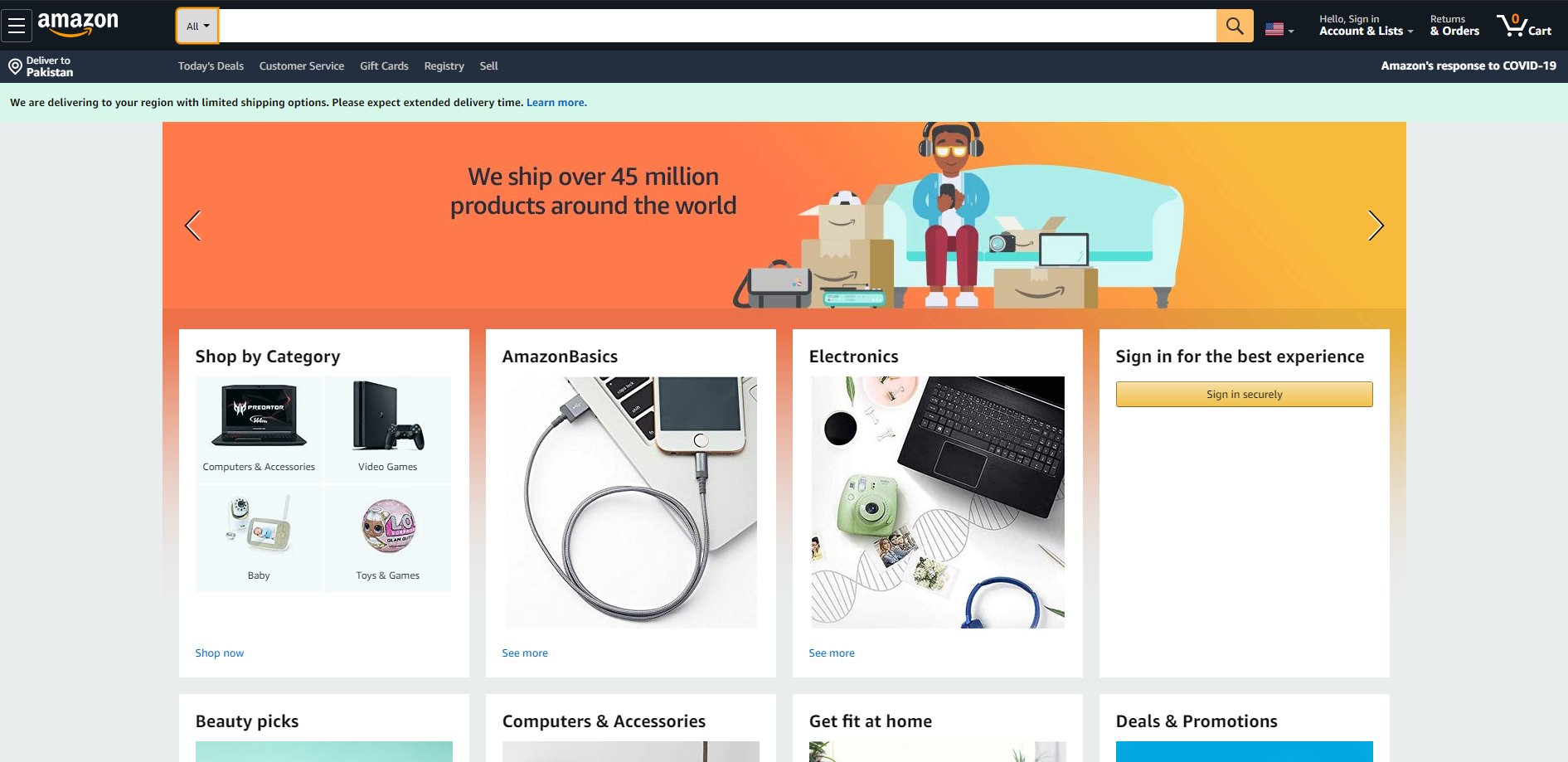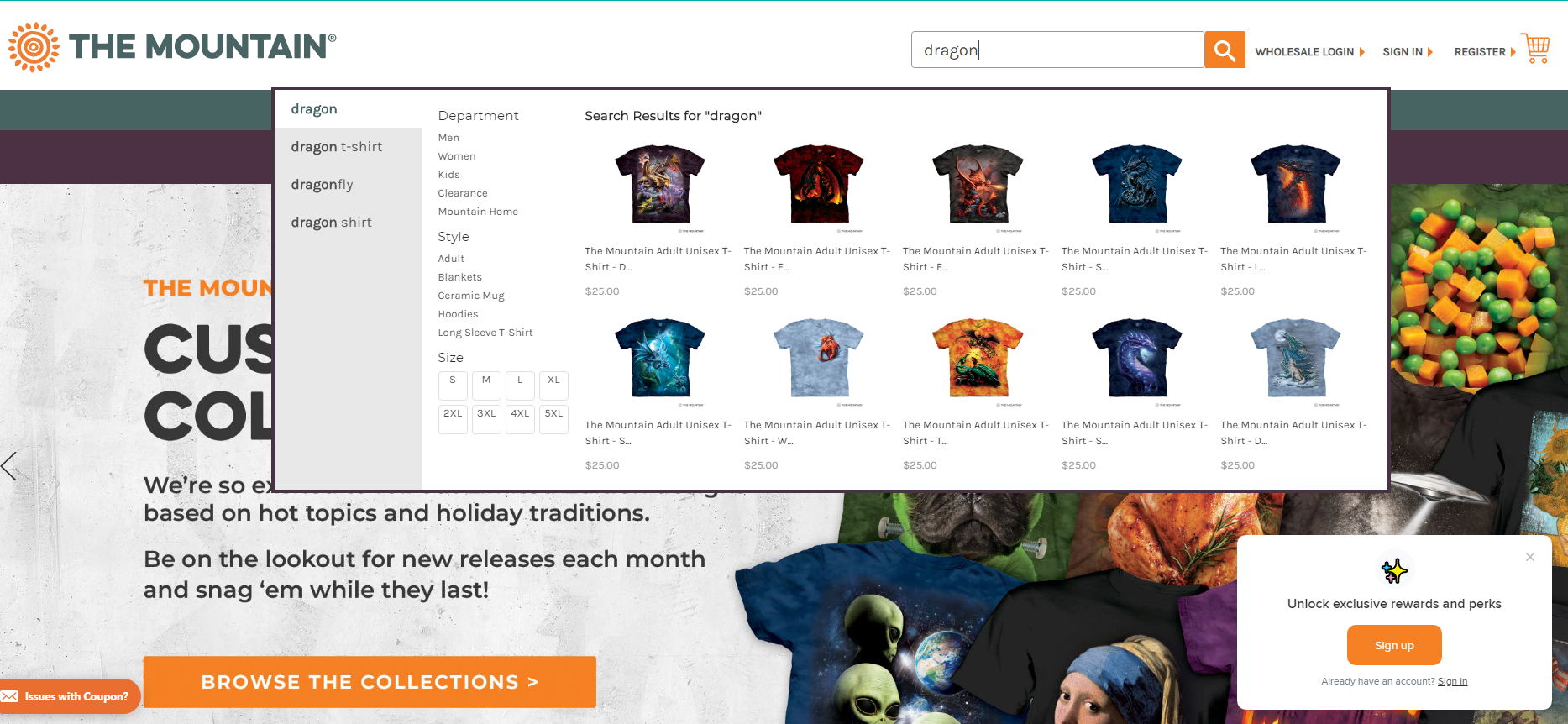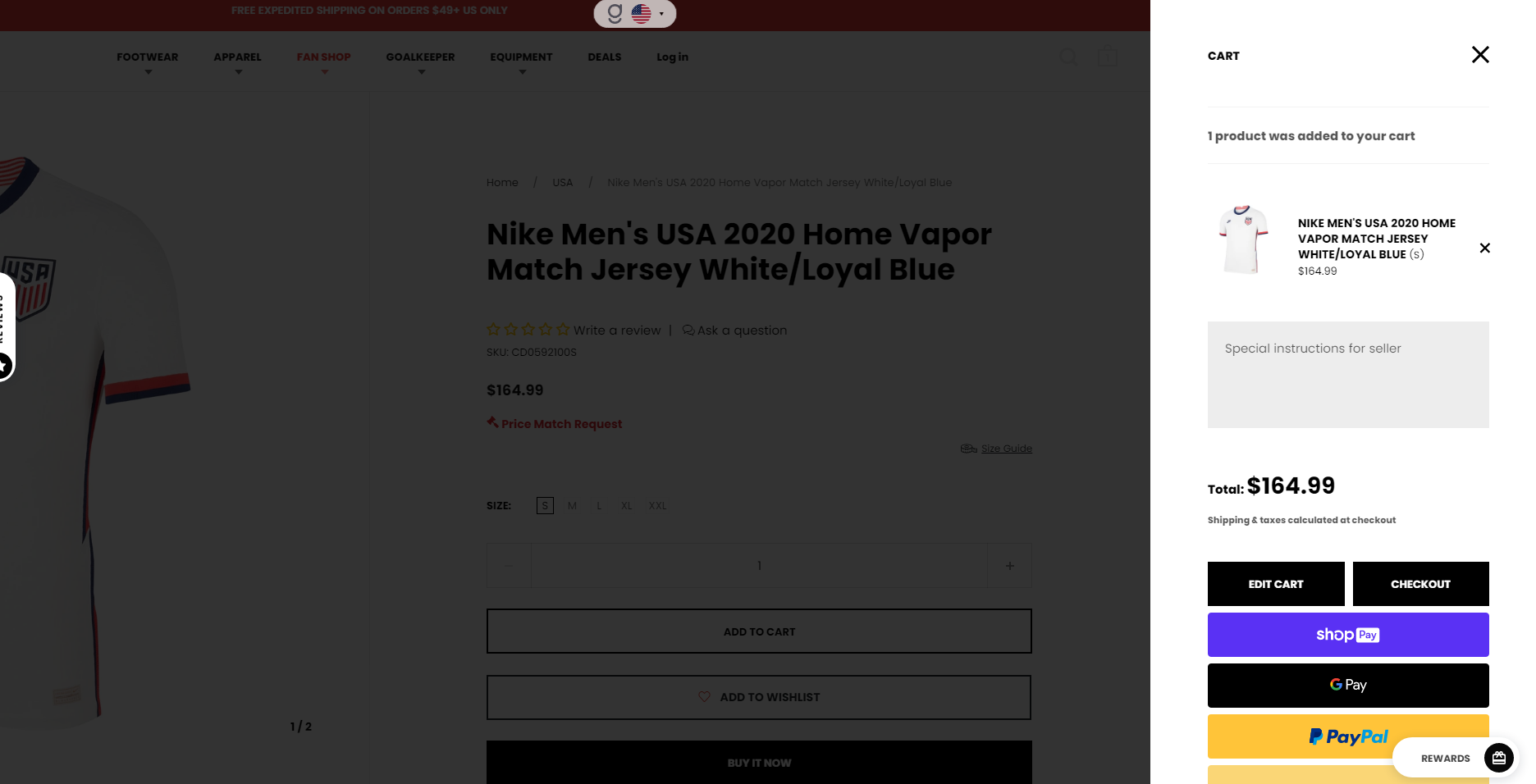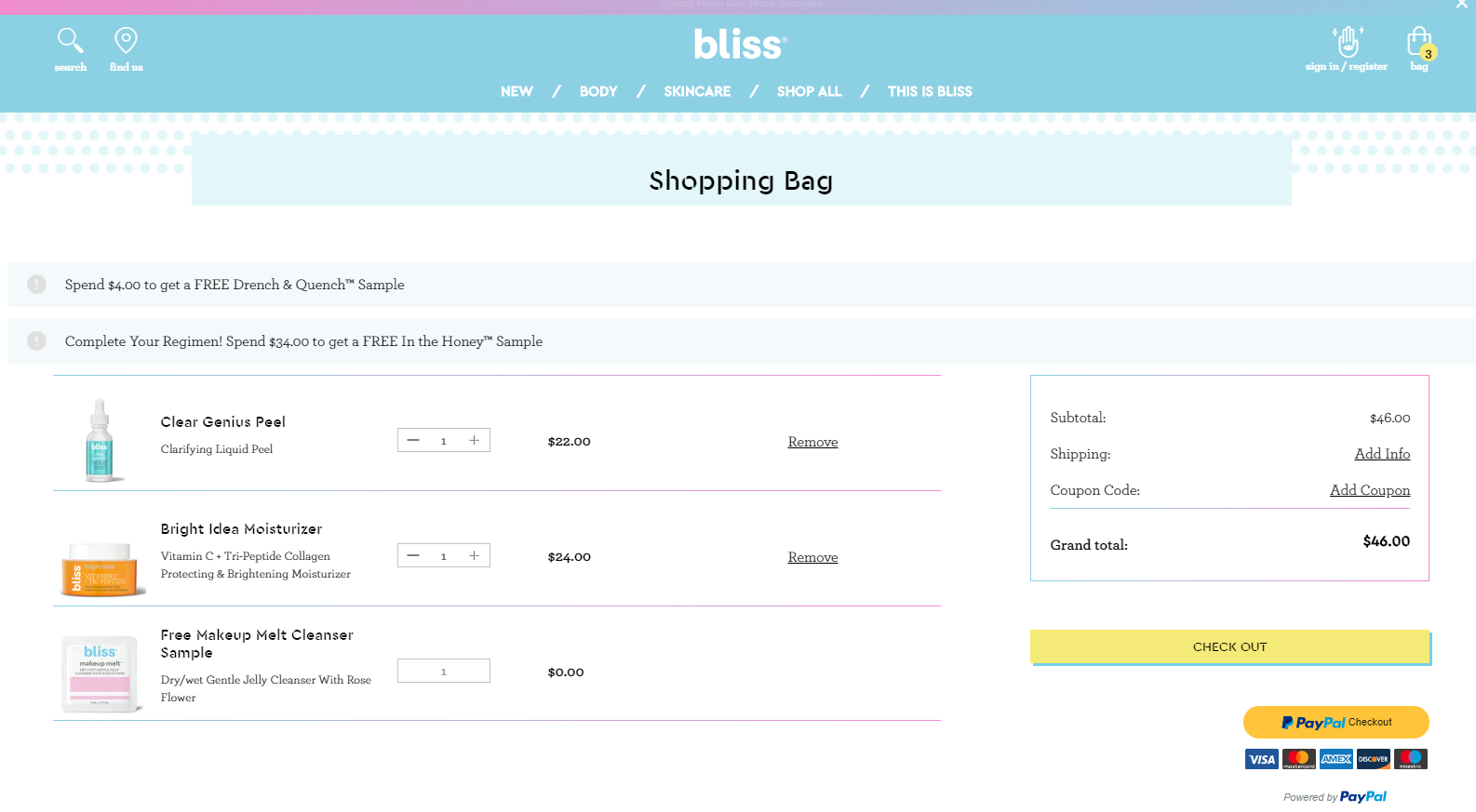This is the fifth article in the series of 6 articles focusing on the Best Practices for Conversion Rate Optimization.
Before we dive deeper into the Best practices for CRO, I would like to mention that the following content is based upon the learnings that I did during the Second Week of Conversion Optimization, my nano degree course at CXL Institute, led by Peep Laja & team.
I have divided this article into six parts to ensure maximum readability & thorough understanding.
In the last article, we discussed
- Home pages
- Pricing & pricing pages
- Website speed optimization
In this article, we will discuss,
- Visual Hierarchy
- FAQs on Website
- Importance of Visual Design
Let’s get started.
Visual Hierarchy
A hierarchy is an organizational structure in which items are ranked according to levels of importance.
When we talk about visual hierarchy, we focus on the order in which the human eye perceives the design.
In web design, there are some sections or parts that are more important than others. These can be forms, having certain CTAs, value propositions. Since these are important, you would want them to get more attention and time.
Remember, that visual hierarchy is not only about size, but also about color, & position of an element on the website.
If you are having 5 identical buttons on your website, the user won’t be able to differentiate and you will always get random clicks. However, if you make a button prominent by changing its color, size, or position, you will be driving more clicks on that particular button.
Start With The Business Objective
The easiest way to prioritize elements is to rank them on the basis of your business objective.
In order to understand this phenomenon and practice it, start visiting the website and rank them the elements in the visual hierarchy. Compare them with your own website. Do changes as per your analysis.
Rank Your Most Wanted Actions For Every Page
Once you are done with the landing page, head over to other pages. Identify the most wanted action on each of these pages. Make it stand out on the whole page.
Example: ActiveCampaign wants the visitor to choose the Professional Plan, there can be several reasons for that. So they made it prominent by putting a badge of Most Popular and highlighting the plan with dark blue color.
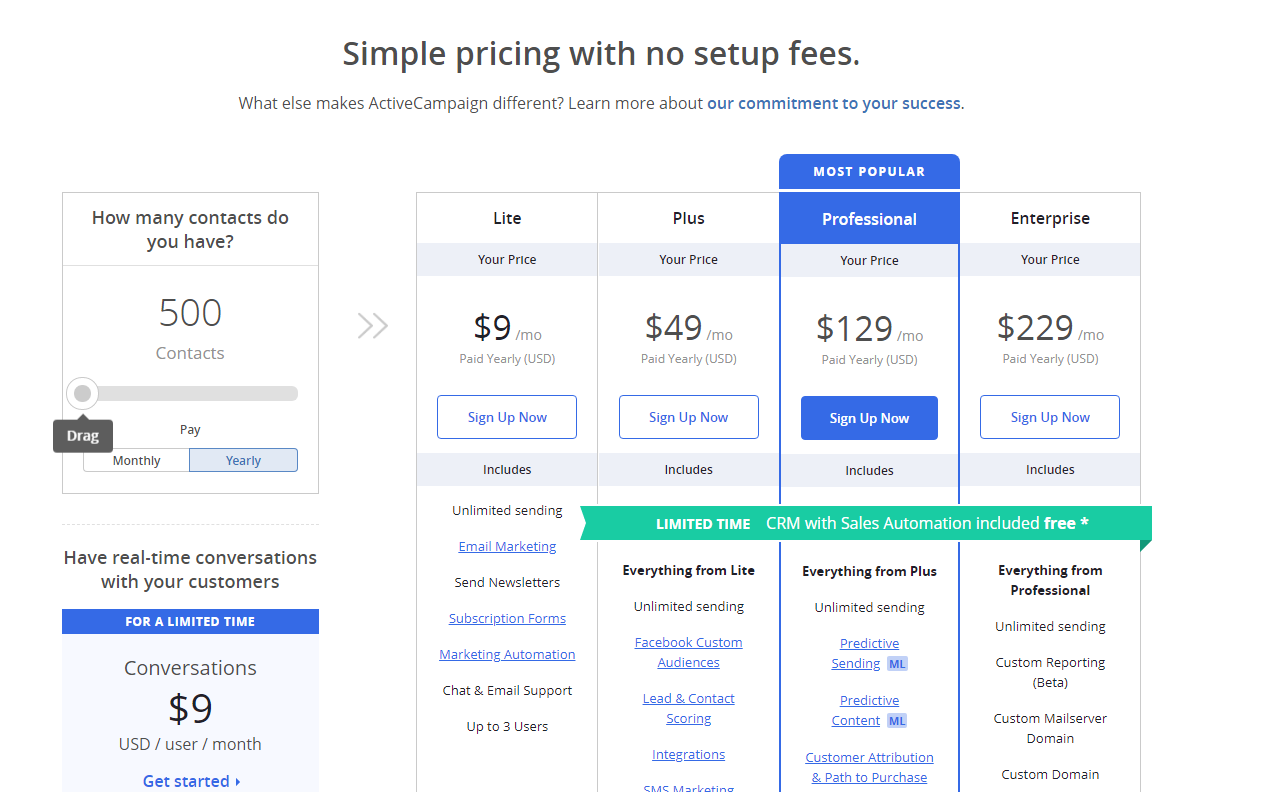
Image Courtesy: ActiveCampaign
FAQs On Websites
Frequently Asked Questions (FAQs) is a list of answers to common questions about a product or service.
The purpose of FAQs is to provide information on frequent questions or concerns.
The question is, should a website has an FAQ section or not?
For a marketer, the priority should be to eliminate the need for FAQs. If your audience has to read instructions to figure your product or service, you are not communicating the message correctly.
There are many websites that put their whole pitches in FAQs disguised as questions, which is an absolute waste of space.
If you are needing an FAQ section to explain your pricing, you must review your pricing page and the whole copy. Try to put the answers to FAQs in the copy.
How to figure what to put in the copy? Just pay attention to the questions that are being asked via support emails, live chat & queries. Then put the answers to these questions into your website copy.
Importance Of Visual Design
What is your definition of the best design?
The best design is the one that was driven by data and brings in the most money. Creativity is important, and an essential part of web designing but the decision should be taken on the basis of data.
Why design is important? Humans process visuals 50 times faster than copy, and we are quick to judge. Period.
Design affects the trust scale too. If you a poorly design website, visitors would instantly doubt your authenticity within milliseconds.
Let’s talk about a few critical, & objective aspects of design.
People Judge Websites In Less Than 50 Milliseconds
Humans make snap judgments when they meet a new person; websites are judged similarly!
As per the research conducted by Gitte Lindgaard, Gary Fernandes, Cathy Dudek & J. Brown. It was concluded that it takes about 50 milliseconds for visitors to form an opinion about your website.
As per the research conducted by Google, visitors develop opinions even within 17 ms (though the effect was less pronounced on some design factors).
The first impression depends on multiple factors, some of them are:
- Structure
- Color
- Spacing
- Symmetry
- Amount of Text
- Fonts
First Impressions Are 94% Design-related
As stated earlier, the design drives trust.
There have been multiple studies, that concluded that design elements have the biggest influences on first impressions, including logo, main images, colors & the navigation menu.
Human minds process visuals 50 times faster than the copy.
Inspiration Drives Better First Impressions
Impression-related impressions have a greater impact on the first-impression formation, followed by usability. Visual appealing stimuli are an important tool for getting visitors to stay on your website.
If you are a tour operating website, using larger than life photography would really increase the gains.
Have a look at the Active Adventures website, as they know how to capture people when they feel most inspired.
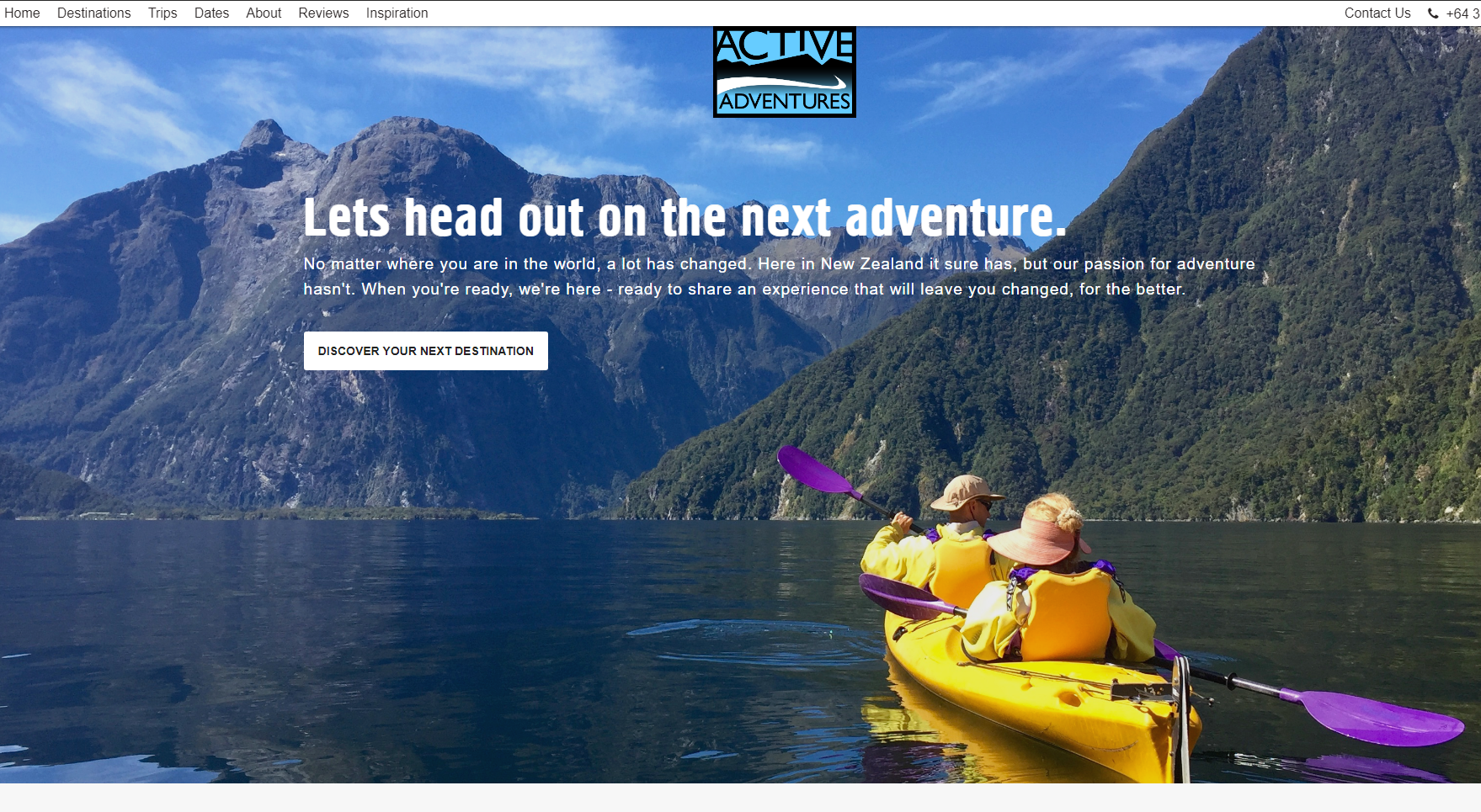
Two Key Ingredients Of Web Design People Like: Simplicity And Prototypicality
Simplicity: As per a study by Google, in 2012, researchers found that simpler & familiar design is better, as compared to visually complex websites.
The simpler design promotes less noise, which means fewer distractions. Simplicity is about focus & clarity of the purpose that should make the visitors instantly understand what’s going on, leading to the singular goal of the page.
Prototypicality: The human mind creates a template of everything that it interacts with. When we put the same phenomenon on websites, the human mind creates a blueprint of how a SaaS website, blog, or e-commerce site should look like.
If you change the design too much in the pursuit of innovation, it might backfire.
Stop Arguing Over Opinions. Data-driven Design Is The Way: Measurable Approach To Better Design
If it can be measured, it can be improved.
There are several tools that let you assess your design, measure the clicks, and analyze the funnel. How long they stay, and what errors & issues make them leave the website.
The whole point of data-driven design is to use the data to identify what’s working and what’s not, and to improve productivity.
So, are you ready to implement some of the above best practices for the conversion rate optimization that we discussed?
P.S: If you found this post helpful, please share it on social media.
RECEIVE WEEKLY LESSONS
